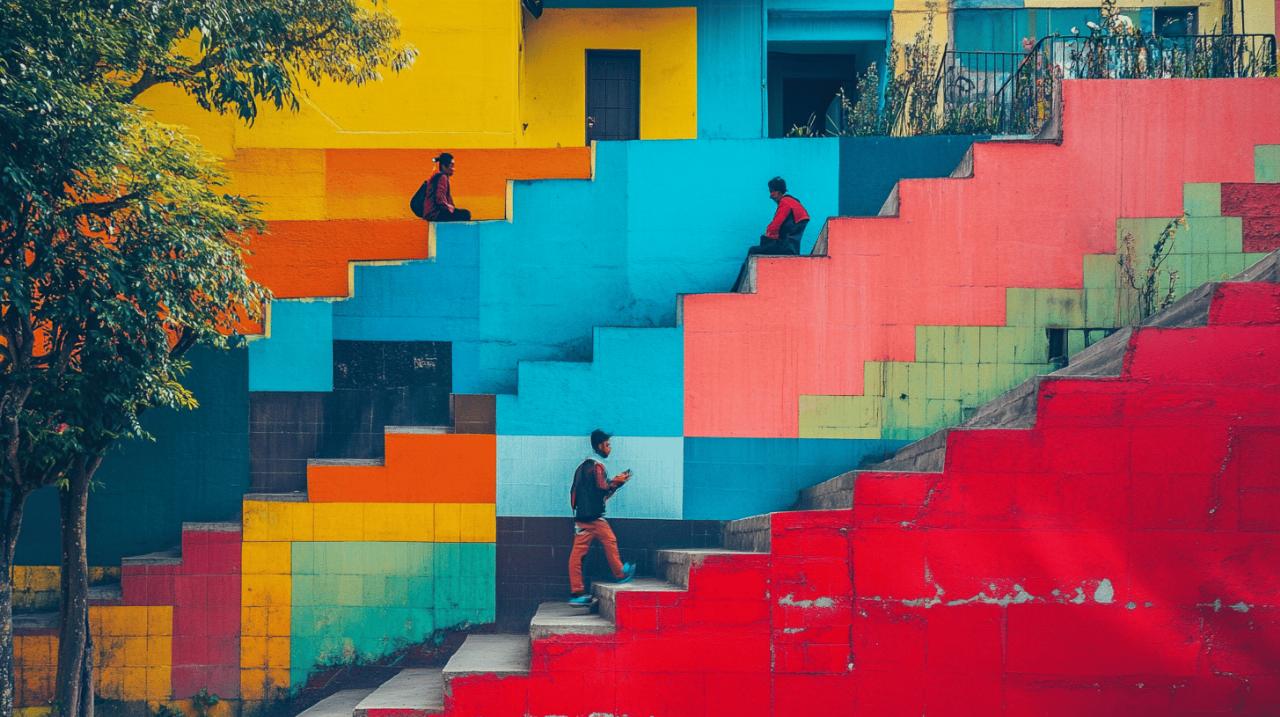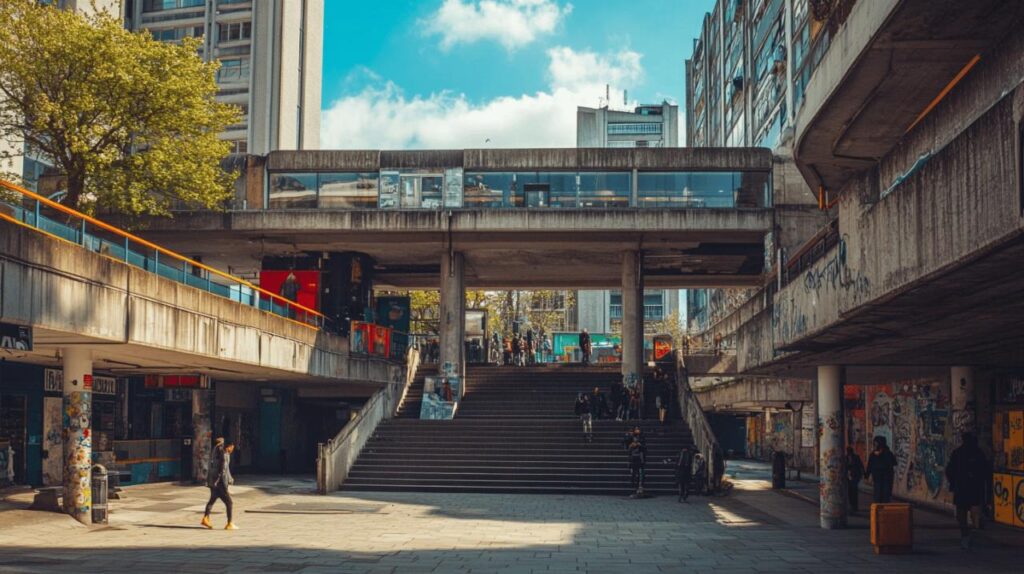In an ever-evolving urban landscape, the question of how cities can maintain their unique character while accommodating growth and change has become increasingly important. As urban areas expand and modernise, preserving the cultural fabric that gives each place its distinctive identity presents both challenges and opportunities for urban planners. Recognising this delicate balance is essential for creating spaces that not only function efficiently but also resonate with the communities they serve.
The Role of Heritage in Shaping Urban Spaces
Cultural identity forms the backbone of memorable urban environments. During a recent exploration featured on Walkabout Travel, we witnessed how cities across the globe are increasingly recognising that their distinctiveness is their greatest asset. From the mosque-centric designs of Cairo and Istanbul to the carefully preserved historic districts that attract tourists and locals alike, cultural elements provide the narrative thread that weaves together the urban fabric.
The concept of biophilia—connecting people with nature in urban settings—has gained traction in recent years. However, truly successful urban planning goes beyond incorporating greenery; it integrates the cultural DNA of a place into its physical form. This approach acknowledges that sustainability is not merely environmental but also cultural and social.
Preserving historical elements within modern developments
Adaptive reuse represents one of the most effective strategies for maintaining cultural continuity while addressing contemporary needs. Rather than demolishing historic structures, forward-thinking cities are finding innovative ways to repurpose them. This approach preserves architectural heritage while giving buildings new life and purpose within the modern urban context.
Cultural heritage zoning provides another powerful tool for protection. By designating specific areas for preservation, cities can ensure that development respects and enhances historical character rather than erasing it. Singapore offers an exemplary case, having successfully balanced rapid modernisation with careful preservation of its diverse cultural districts, creating a city that feels both contemporary and rooted in tradition.
Integrating local traditions into architectural design
Culturally responsive architecture draws inspiration from local building traditions, materials, and aesthetic sensibilities. Projects like Brigade Icon in Chennai demonstrate how contemporary design can incorporate traditional elements to create buildings that feel connected to their surroundings rather than imposed upon them.
The thoughtful use of cultural symbols and landmarks helps maintain a sense of place and belonging. The Eiffel Tower serves as more than just a tourist attraction; it embodies Parisian identity. Similarly, emerging developments like Starfish in Phu Quoc and Hai Hoa Beach Resort incorporate regional design elements that celebrate rather than supplant local character.
Community-centred planning approaches
 Successful urban planning recognises that cities are more than collections of buildings; they are living ecosystems shaped by human interactions and cultural practices. Engaging the people who inhabit these spaces in the planning process ensures that development reflects actual needs and values rather than abstract concepts imposed from above.
Successful urban planning recognises that cities are more than collections of buildings; they are living ecosystems shaped by human interactions and cultural practices. Engaging the people who inhabit these spaces in the planning process ensures that development reflects actual needs and values rather than abstract concepts imposed from above.
Cultural impact assessments have emerged as vital tools for evaluating how proposed developments might affect existing community identities and practices. By identifying potential impacts before construction begins, planners can modify designs to mitigate negative effects and enhance positive cultural outcomes.
Engaging local residents in decision-making processes
Community-led planning initiatives invite residents to participate directly in shaping their neighbourhoods. This collaborative approach acknowledges that local people possess intimate knowledge of their surroundings and needs that outside experts might miss. Participatory budgeting takes this concept further by giving community members a direct say in how public funds are allocated for urban development projects.
Digital tools are expanding the possibilities for community engagement. Virtual reality allows residents to experience proposed developments before construction begins, while online platforms facilitate broader participation in planning discussions. These technologies help ensure that even traditionally underrepresented voices can contribute to the conversation about urban futures.
Creating spaces that reflect collective values and practices
Public spaces serve as stages for cultural expression and community connection. Markets, plazas, and parks designed with cultural activities in mind become vibrant centres of civic life. The preservation and enhancement of these areas support what some urban theorists call cultural economies—networks of local crafts, foods, and creative enterprises that both sustain cultural heritage and provide economic opportunities.
Storytelling through public art offers another dimension of cultural expression in urban environments. Murals, sculptures, and installations can celebrate community history and identity, transforming everyday spaces into meaningful landscapes that speak to both residents and visitors. Projects like Azizi Precinct 002 in the UAE demonstrate how contemporary developments can incorporate narrative elements that connect new construction to existing cultural contexts.
As cities continue to grow and change, maintaining cultural identity in urban planning becomes not just a matter of aesthetics but of social cohesion and community wellbeing. By honouring the past while embracing the future, urban planners can create spaces that feel authentic, meaningful, and alive with the distinctive character that makes each place unique. The most successful urban environments are those that evolve organically from their cultural foundations, creating cities that are not merely inhabited but truly lived in and loved.

